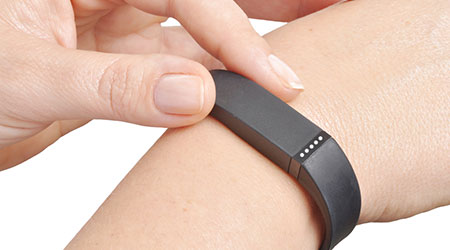A considerable number of studies have documented that when patients have options or choices, it reduces stress and enables them to feel more in control, according to an article from Building Operating Maintenance on the FacilitiesNet website.
It is likely that we will start to see mobile app-based interfaces and tablets allowing patients to control elements as basic as room temperature, in-room dining, entertainment options, treatment sessions, and so on.
The impact wearables will have on the physical space remains to be seen, but it doesn’t take much to imagine what happens to the design of a facility if monitoring devices can be worn by patients.
Biosensors are emerging wearable medical devices that differ from wrist trackers and smartwatches. The Philips' wearable biosensor is a self-adhesive patch that allows patients to move around while collecting data on their movement, heart rate, respiratory rate, and temperature.

 Building Sustainable Healthcare for an Aging Population
Building Sustainable Healthcare for an Aging Population Froedtert ThedaCare Announces Opening of ThedaCare Medical Center-Oshkosh
Froedtert ThedaCare Announces Opening of ThedaCare Medical Center-Oshkosh Touchmark Acquires The Hacienda at Georgetown Senior Living Facility
Touchmark Acquires The Hacienda at Georgetown Senior Living Facility Contaminants Under Foot: A Closer Look at Patient Room Floors
Contaminants Under Foot: A Closer Look at Patient Room Floors Power Outages Largely Driven by Extreme Weather Events
Power Outages Largely Driven by Extreme Weather Events